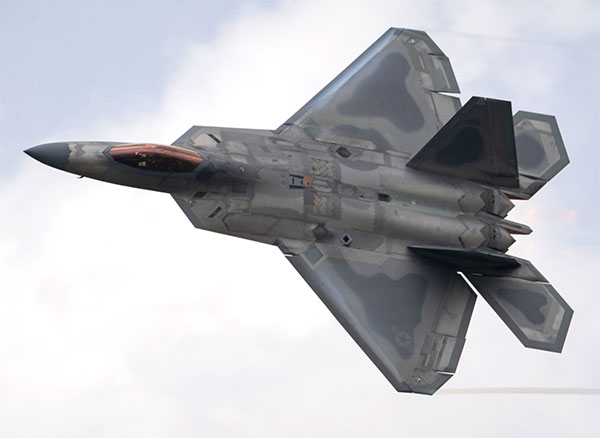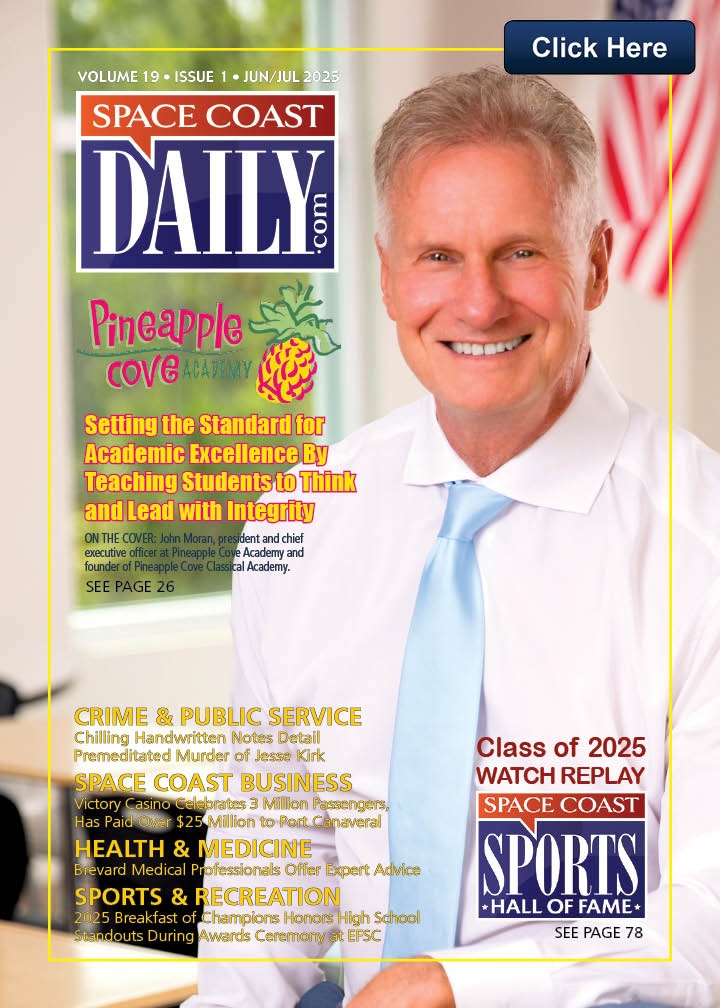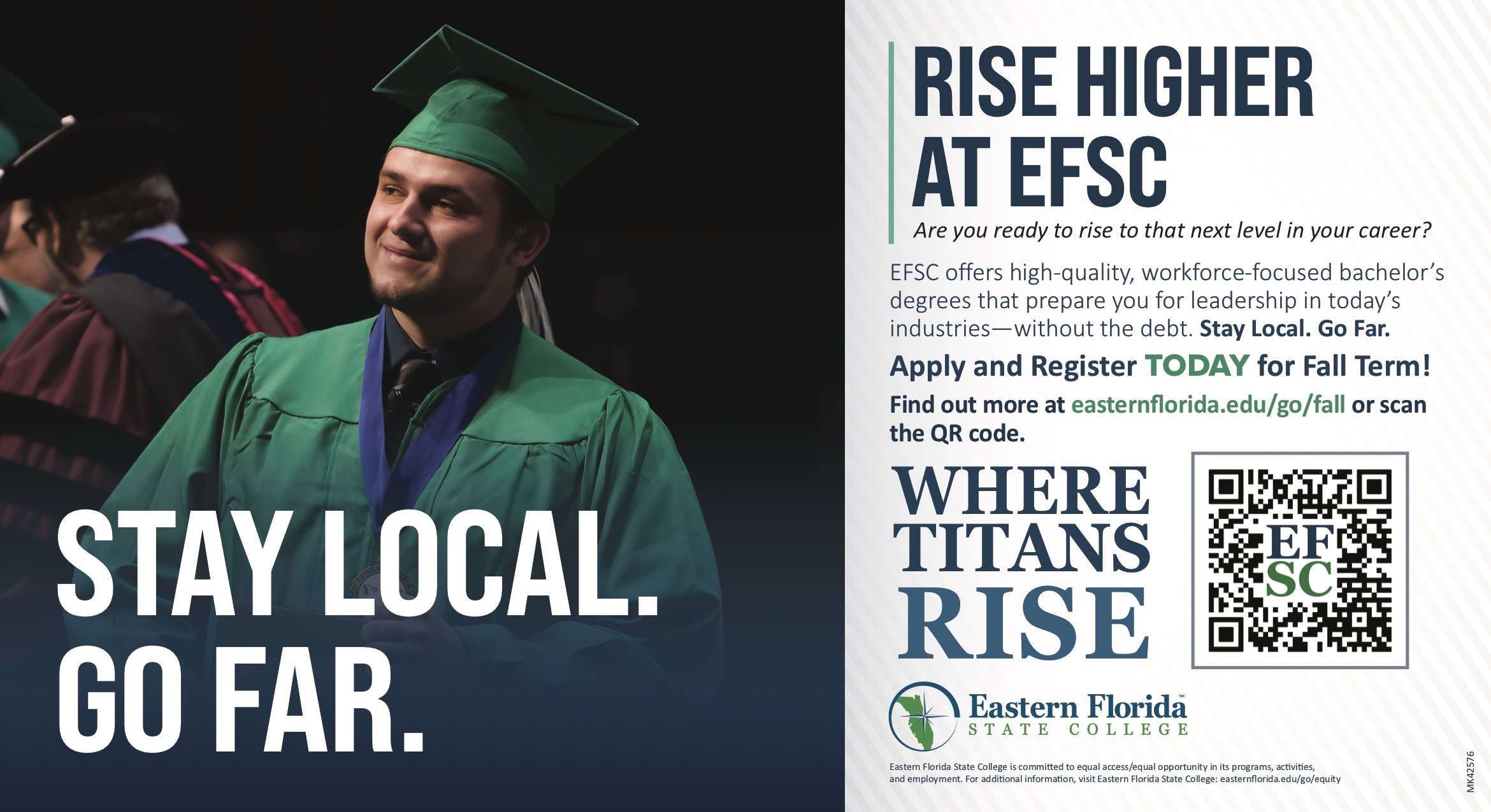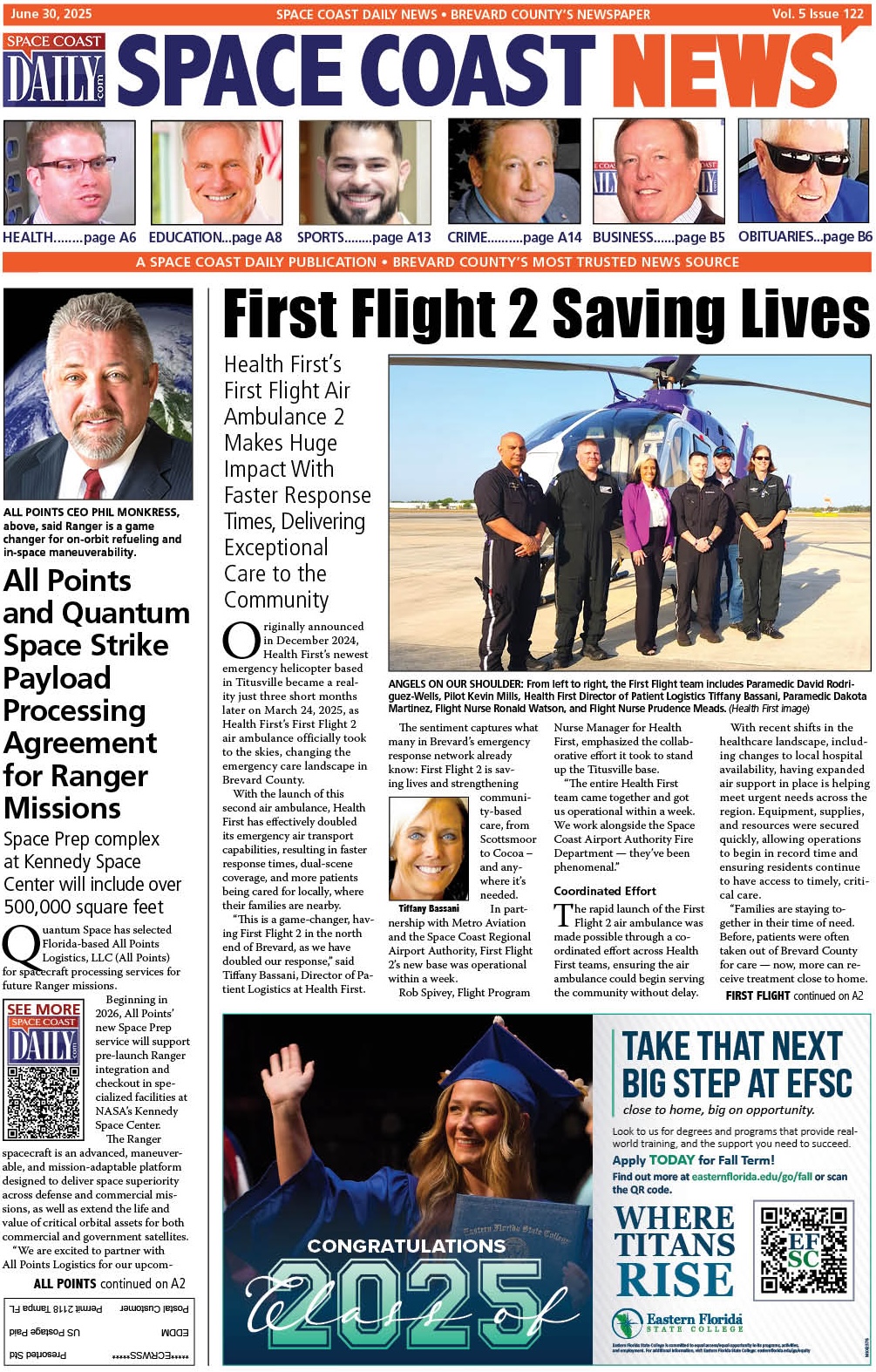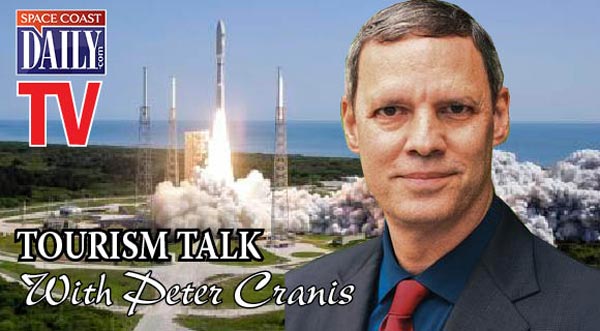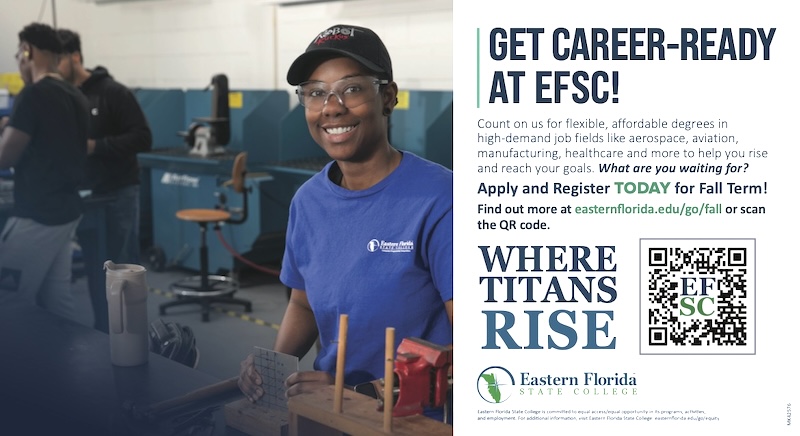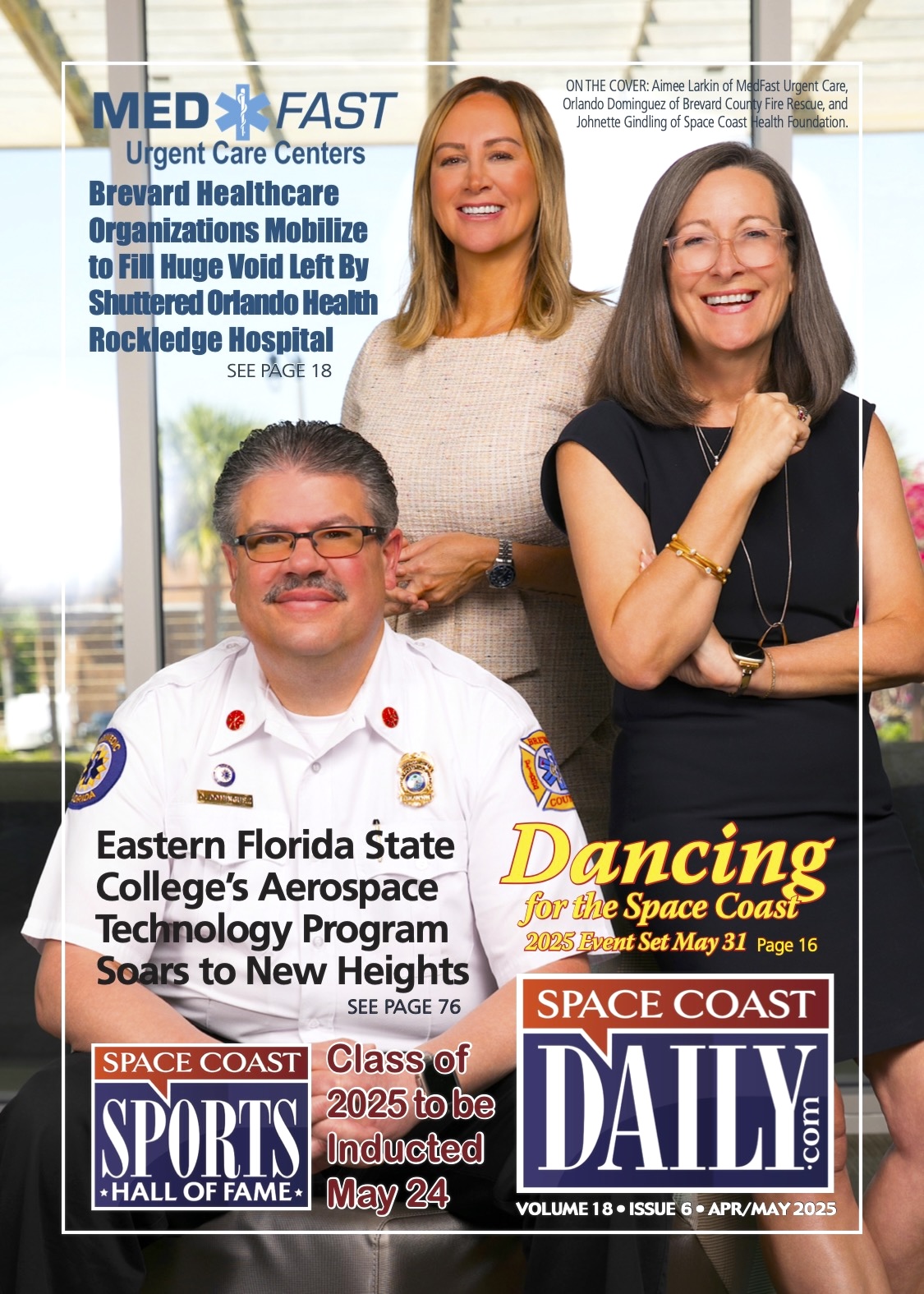SNC’s Dream Chaser Rolls Through Ground Tests
By Space Coast Daily // August 16, 2013
ABOVE VIDEO: Sierra Nevada Corporation (SNC) put its Dream Chaser flight vehicle through a series of ground tests at NASA’s Dryden Flight Research Center at Edwards Air Force Base, Calif.
KENNEDY SPACE CENTER • NASA.gov – Hours before the heat rose in the Mojave Desert of Southern California on Aug. 2 the Dream Chaser rolled out of a hangar at dawn as teams prepared to pull the flight vehicle through a series of 60 mph ground tow tests.

These tests were the fourth of incremental range and taxi tow tests that Sierra Nevada Corporation (SNC) performed to prove the spacecraft’s braking and landing systems could handle upcoming captive-carry and approach-and-landing tests at NASA’s Dryden Flight Research Center.
The tests were performed in preparation for pre-negotiated, paid-for-performance flight milestones with NASA’s Commercial Crew Program (CCP), which is facilitating the development of American-made spacecraft and rocket combinations that can launch from U.S. soil.

“The dedicated Dream Chaser team has been putting the test spacecraft through comprehensive integrated testing on the runway, ramps and hangar of the historic California site, finding issues on the ground and addressing them in preparation for upcoming free flights,” said Cheryl McPhillips, NASA Partner Manager working with SNC during the agency’s Commercial Crew Integrated Capability (CCiCap) initiative.
SNC engineers performed sequential low- and high-speed ground tow tests throughout the course of two months.
A pickup truck pulled the flight vehicle across Dryden’s concrete runways at 10, 20, 40 and 60 mph to verify the integrity of spacecraft’s performance under landing and rollout conditions.

Through a reimbursable Space Act Agreement with the center, the company is utilizing Dryden’s unique testing facilities and experienced flight-test personnel to prove the system is safe.
“We are happy to contribute our flight research and testing expertise to this project,” said NASA Dryden center director David McBride.
“Dryden has a rich history of testing advances in aerospace technology from the early lifting body aircraft, through the shuttle program and now the next generation of manned spacecraft.”

The Dream Chaser flight vehicle verifications included flight computer and flight software, instrumentation, guidance, navigation and control, braking and steering performance, flight control surface actuation, mission control and remote commanding capability, and landing gear dynamics.
“We are very excited to complete this series of tests and achieve another critical milestone for our Dream Chaser flight test program,” said Steve Lindsey, senior director of programs for SNC’s Space Systems and former NASA astronaut.
“Watching Dream Chaser undergo tow testing on the same runway where we landed several space shuttle orbiters brings a great amount of pride to our Dream Chaser team.”

SNC is one of three companies funded under CCiCap to develop a next-generation integrated crew transportation system.
The flight testing at Dryden is part of the company’s ongoing development work in support of its CCiCap and Commercial Crew Development Round 2 (CCDev2) agreement with the agency.
“I look forward to seeing this bird land on the old shuttle runway this fall,” said McPhillips.
“SNC and our other partners are working diligently to enable this country to safely fly crew from and back to the U.S.”

